Beyond Practice: The Strategic Advantage of Private Music Lessons
The Competitive Advantage Most Student MusiciansOverlook — and Why It Matters More Than Ever inCollegiate Music Admissions and Scholarships.
Read More
AccoladiFineArtsDirector.com is built for district fine arts leaders who oversee and shape the success of performing arts programs. Here, you'll find resources and tools to help you support your teachers, guide your students, and connect with collegiate recruiters who are eager to discover emerging talent.
While fine arts directors are at the center of this site, we also serve performing arts students and their families, collegiate and summer enrichment recruiters, and teachers. To ensure each group has the right fit, we've created dedicated websites:
Fine Arts Directors: this is your home base. Please continue your registration for your district/school here on AccoladiFineArtsDirector.com.
Everyone else: begin your journey at the site designed for your role.

In a world where image often speaks first, blind auditions flip the script — giving every student a chance to be heard for who they truly are: their sound.
Picture this: You walk into an empty auditorium. No spotlight. No introductions. Just silence thick enough to swallow a breath.
There’s a curtain drawn behind — tall, dark, unmoving. Behind it sits a panel of judges. Professionals. Directors. Teachers. Some of them may know you… but not right now. Right now, they don’t see your face. They don’t hear your name.
You’re not a person to them — not yet. You’re a number on their audition sheet. A blank slate with a sound waiting to happen.
Your fingers tremble for a moment. Your lungs hold. Your heart thuds like a timpani. And then — you sing. You sing to an empty house.
No smiles. No eye contact. No stage presence to fall back on. Only the tone. The phrasing. The control. The soul.
This is a blind audition. And yes — it’s exactly what it sounds like.
Noone is there to intimidate you. It’s there to protect the process — to keep it clean, fair, and focused only on one thing: the music, your performance.
They don’t know your story. They don’t know your personality. All they know is what you’ve brought to this moment, in sound.
And if you do it right? That number — your number — becomes unforgettable. Because when they can’t see you, your music has to shine louder than your name.
A blind audition is when judges evaluate a musician only by how they sound. They can’t see your facial expressions, your stage presence, your body language — or even who you are.
Blind auditions are designed to eliminate bias — or at least reduce it. That way, decisions are made based on skill and musicality, not personal relationships, appearance, or reputation.
You might think blind auditions happen everywhere, but they’re actually pretty rare — especially in college admissions.
For example, one Midwest youth orchestra gives out $20,000 in scholarships every year to help students attend summer programs or college. Their panel — made up of directors who know many of the students personally — listens to audition recordings without knowing who’s playing. That helps make the process as fair as possible.
Blind auditions level the playing field.
Let’s be real: Sometimes in music, people get opportunities based on who they know or how they act — not just how they play. A blind audition removes all of that and puts the focus right where it belongs: on the music.
It’s not about personality. It’s not about who your teacher is. It’s not even about how confident you look walking into the room.
It’s about the sound you create.
Even though you won’t be seen, blind auditions are not easier. In fact, they can feel harder — because you’re relying on sound alone to make your impression. Here’s how to get ready:
Blind auditions may feel unfamiliar, but they’re one of the most honest opportunities a musician will face. No introductions. No facial expressions. No second chances to make a first impression. Just your sound — pure and unfiltered.
That can be intimidating, but it’s also powerful. In that moment, you are your music. Not your résumé. Not your reputation. Not your personality. Just the skill, expression, and preparation you bring to every note.
So take blind auditions seriously. Learn to communicate with your sound alone. Record yourself. Listen critically. Refine the details others might overlook.
Because when judges can’t see you, they’re forced to truly hear you. And if you’re ready — really ready — that’s more than enough.
Let your playing and singing speak. Let it lead. And let it open the doors that no one can close.
.png) ARTICLE GLOSSARY
ARTICLE GLOSSARY
Articulation: How notes are played or sung — smoothly, sharply, or with separation. It affects the clarity and style of musical phrases.
Audition: A performance used to evaluate a musician’s skill. Often required for acceptance into programs, ensembles, or for scholarships.
Blind Audition: An audition where judges cannot see the performer. It is designed to reduce bias so that decisions are based only on sound.
Dynamics: The volume of music — how loud or soft something is played or sung. It helps express emotion in a performance.
Expression: The emotion and style a musician brings to their performance. It includes dynamics, phrasing, and tone.
ID Number: A number assigned to a student in a blind audition so that judges do not know who they are — only their sound.
Judging Panel: A group of experts (directors, professors, or professionals) who evaluate musical performances during auditions.
Musicality: The overall expressiveness and style of a musician’s performance — how well they bring the music to life.
Phrasing: How a musician shapes a group of notes into a musical sentence. Similar to pausing or emphasizing words in speech.
Repertoire: The music a student prepares to perform. In auditions, this is usually a required or selected piece that shows skill.
Scholarship: Financial aid awarded to students based on their skill, academic record, or potential — often tied to audition results.
Solo: A piece of music performed by one person, either vocal or instrumental. Solos are often used in auditions.
Stage Presence: How a performer carries themselves visually during a performance — posture, facial expressions, and confidence. Not judged in blind auditions.
Technique: The mechanical skill of playing or singing — including breath support, finger control, pitch accuracy, and articulation.
Tone: The quality of the sound produced. A good tone is clear, rich, and appropriate for the instrument or voice.
Audition: A performance given by a student to demonstrate their skill level for admission into a music program or to compete for scholarships.
Band: A musical ensemble typically composed of wind, brass, and percussion instruments, found in schools and colleges.
Choral: Relating to a choir or group of singers who perform together, often with multiple voice parts (soprano, alto, tenor, bass).
College Audition: A required performance that serves as part of the admission process for collegiate music programs; often determines scholarship eligibility.
Composition: A piece of music written by a composer; can refer to any musical work, including solo pieces and ensemble arrangements.
Division (Music Educators Association): Sections within a state’s music educators organization, such as Band, Orchestra, Choral, College, and General Music, each handling different areas of music education and grading.
Grade Level (Music): A system that ranks music by difficulty, ranging from Grade I (easy) to Grade VI (professional level). Higher grades require more advanced technical skills.
Music Educators Association: A state-level organization made up of music teachers that governs music competitions,
Publisher (Music): The company that prints and distributes sheet music. Different publishers may offer different arrangements of the same piece, which can affect the difficulty level.
Repertoire: A collection of musical pieces a student can perform; often used when choosing pieces for auditions or performances.
Scholarship Dollars: Financial awards given to students based on their audition performance; stronger performances with higher-grade music can lead to better scholarship offers.
Solo: A piece of music performed by one musician, often used for auditions and competitions to highlight individual skill.
State Graded List: A list published by each state’s Music Educators Association ranking music pieces by their level of difficulty.
Texas Grading System: A widely respected system of music grading where Grade I is the hardest and Grade VI is the easiest — opposite of most other states. Often used as a benchmark by colleges when no specific state list is mentioned.
Virtuoso: A musician with exceptional technical skill and artistry, typically capable of performing the most difficult (Grade VI) music.
Objective:
Students will learn how blind auditions help judges focus only on musical sound, and will demonstrate an ability to perform expressively and accurately in a recording where only their audio is evaluated.
In professional music settings, musicians sometimes audition behind a curtain — this is called a blind audition. The people listening can’t see who is playing or singing. That means everything depends on how the music sounds.
This is a great opportunity to teach students that their tone, expression, and accuracy are the most important parts of any performance — even more than how they look on stage.
This exercise shows them how to focus on their sound and build confidence in their musical abilities, no matter who is (or isn’t) watching.
You’re going to become a real performer — and your job is to let your music speak for you! You’ll record a short piece where the only thing we’ll hear is your sound — not your name, your face, or even your speaking voice.
We’ll all listen to each other’s recordings and guess what made them special. You’ll also get helpful advice from your classmates! And before you even start the action steps in the assignment read the article “When They Can’t See You: What You Need to Know About Blind Auditions” found on Accoladi.com.
| Category | Excellent (10 pts) | Good (8 pts) | Developing (6 pts) | Needs Work (4 pts) | Score |
|---|---|---|---|---|---|
| Tone Quality | Rich, clear tone throughout; well-supported and resonant | Mostly clear with few inconsistencies; some support issues | Inconsistent tone; occasional thinness or breathiness | Weak or unsupported tone; frequent inconsistencies or harshness | |
| Intonation | Accurate pitch in all registers; excellent tuning | Mostly in tune with minor lapses | Several noticeable intonation issues | Frequently out of tune or lacks pitch control | |
| Musicality / Expression | Highly expressive; phrasing shapes the music naturally; dynamic contrasts are intentional and effective | Expressive with moments of strong phrasing and dynamics | Some attempt at expression, but phrasing and dynamics feel flat or inconsistent | Lacks expression or musical shaping; dynamics are absent or ineffective | |
| Articulation or Diction | Crisp articulation or clear diction; attacks and releases are precise | Mostly clear articulation or diction with few blurred moments | Articulation/diction is uneven; some lack of clarity or control | Slurred or unclear articulation; diction is difficult to understand | |
| Overall Impact | Performance is captivating and memorable; would stand out in a real blind audition | Solid performance with some standout qualities | Adequate but not distinctive | Unengaging or lacking polish; does not demonstrate readiness for blind audition environment |
Final Score: ______ / 50 Reviewer ID: ____________ Recording ID: ____________
Feedback: Write two sentences of positive and constructive feedback for each. Remember: Positive!
After you get comments from your classmates, answer these questions in your music journal:
Recording Due: ______________________________
Listener Cards Due: __________________________
Reflection Due: ______________________________
Objective:Students will understand the purpose and impact of blind auditions, develop an awareness of how to prepare musically when visual presence is removed, and strengthen their ability to self-evaluate performance quality based solely on audio.
Blind auditions are designed to eliminate bias and focus only on what matters most in music: the sound. Many students rely — often unknowingly — on visual presence, stage confidence, or even personality to influence a performance. But in a blind audition setting, those elements disappear. This exercise challenges students to refine their sound and learn how to deliver a compelling performance without being seen.
Use this opportunity to teach students the value of tone, phrasing, dynamic control, and expressiveness as the only tools of communication in a blind audition setting.
Students will record a solo performance piece under blind-audition conditions, then anonymously review peer submissions and provide constructive feedback based on sound alone. Before starting, students must read the article “When They Can’t See You: What You Need to Know About Blind Auditions” on Accoladi.com.
| Category | Excellent (10 pts) | Good (8 pts) | Developing (6 pts) | Needs Work (4 pts) |
|---|---|---|---|---|
| Tone Quality | Rich, clear tone throughout; well-supported and resonant | Mostly clear with few inconsistencies; some support issues | Inconsistent tone; occasional thinness or breathiness | Weak or unsupported tone; frequent inconsistencies or harshness |
| Intonation | Accurate pitch in all registers; excellent tuning | Mostly in tune with minor lapses | Several noticeable intonation issues | Frequently out of tune or lacks pitch control |
| Musicality / Expression | Highly expressive; phrasing shapes the music naturally; dynamic contrasts are intentional and effective | Expressive with moments of strong phrasing and dynamics | Some attempt at expression, but phrasing and dynamics feel flat or inconsistent | Lacks expression or musical shaping; dynamics are absent or ineffective |
| Articulation / Diction | Crisp articulation or clear diction; attacks and releases are precise | Mostly clear articulation or diction with few blurred moments | Articulation/diction is uneven; some lack of clarity or control | Slurred or unclear articulation; diction is difficult to understand |
| Overall Impact | Captivating and memorable; would stand out in a real blind audition | Solid performance with some standout qualities | Adequate but not distinctive | Unengaging or lacking polish; not ready for blind audition setting |
| Final Score: ______ / 50 Reviewer ID: ____________ Recording ID: ____________ | ||||
Dear __________________ Parents,
One of the most important things your child can learn in middle school music might not be found on a sheet of notes or in a concert program. It’s this: how to be heard — not just seen.
There’s a fascinating article I’d love for you to read, recently published on Accoladi.com, called “When They Can’t See You: What You Need to Know About Blind Auditions.”
It explains how in certain auditions — called blind auditions — judges don’t see the performer at all. Not their facial expressions. Not their posture. Not even their name. They only hear the sound.
It’s a concept that’s both exciting and challenging, especially for young musicians. And it’s something I’ve started to introduce in our own classroom. Because when you take away the spotlight, the outfit, and even the eye contact, what’s left is the heart of it all: the music.
We’re helping students realize that their tone, expression, and focus matter — whether or not someone is watching. They’re learning to:
Blind auditions help build not just musicianship, but character. They teach students to prepare with purpose and play with honesty. And as your student grows in our program, these are lessons that will carry into every part of their life. Please take a few minutes to read the article on Accoladi.com — just search for “When They Can’t See You.” It’s an eye-opener, especially if you’ve ever wondered how your child’s musical training can help shape their voice, their confidence, and their future.
Thank you for supporting the arts and your child’s journey in our school’s music program. Whether they’re singing, strumming, bowing, or buzzing — they’re learning to be heard.
Sincerely,
________________________________________________________[Your Name and Position]
___________________________________________________________ [Your School Name]
Dear ______________ Parents,
Have you ever listened to your child practice — really listened — with your eyes closed?
If you have, you know something powerful: sound alone can tell a story. And sometimes, in the world of music, that’s exactly what matters most.
I want to invite you to read an important and insightful article just published on Accoladi.com called “When They Can’t See You: What You Need to Know About Blind Auditions.” It explores a concept that’s reshaping how we think about performance, fairness, and the power of preparation.
In a blind audition, students aren’t judged by how they look, who they know, or how confident they appear on stage. There are no smiles from the judges. No stage presence to lean on. Just one thing gets through: the music.
It’s an idea that’s both humbling and exciting — and something we’re introducing here in our own program.
Our students are learning that their tone, expression, timing, and technique are what truly speak for them. They're learning how to perform for an unseen audience — to be heard without being seen. That’s a lesson that stretches far beyond the music room. It builds discipline, attention to detail, and confidence rooted in real skill — not just image.
I highly encourage you to take a few minutes to read the article. It will give you insight into what your child is learning in rehearsal and why it matters so deeply. You’ll find the full piece online at: Accoladi.com – Just search: “When They Can’t See You.”
It’s a quick read, but one that will help you better understand your child’s musical journey — and the kind of preparation that goes into becoming a musician who moves people with sound alone.
As always, thank you for supporting your child, our program, and the arts in our schools.
Warmly,
________________________________________________________[Your Name and Position]
___________________________________________________________ [Your School Name]
Start your college journey with confidence!
Browse our library of helpful articles and directories made just for performing arts students and their families. Whether you're choosing a school, planning campus visits, preparing for auditions, applying for scholarships, or getting ready to submit applications—this is your go-to place for everything college.

.png)
The Competitive Advantage Most Student MusiciansOverlook — and Why It Matters More Than Ever inCollegiate Music Admissions and Scholarships.
Read More
Explore how combining music with another field can open doors to exciting career opportunities.
Read More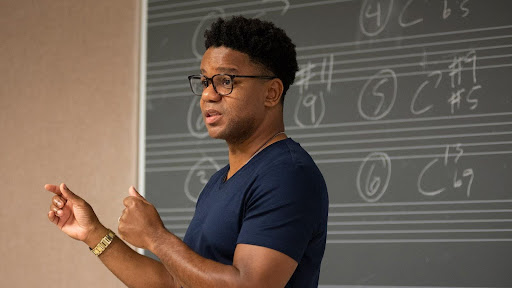
Get ahead in your music education journey with strategic dual enrollment opportunities.
Read More.jpg)
Discover proven strategies to build meaningful relationships with college music departments before you apply.
Read More.jpg)
From Baroque to modern, fast to lyrical—contrasting solos reveal a musician's full range in college auditions.
Read More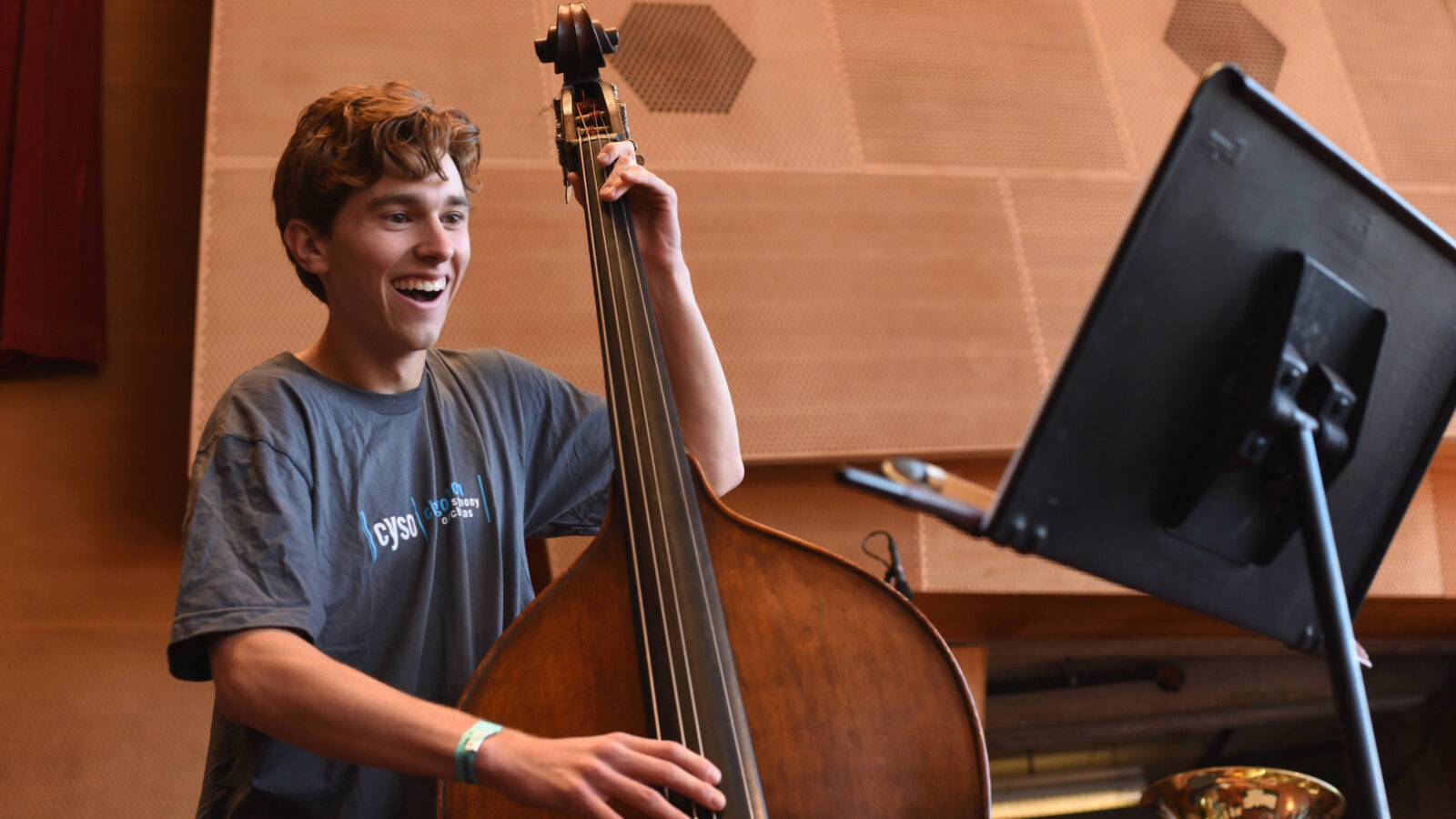
Discover why mastering just a few bars of music can make or break an audition and reveal your potential.
Read More.jpg)
Make a great first impression with proper college visit etiquette and smart questions.
Read More
A comprehensive roadmap to navigate the music school application and audition process successfully.
Read More.png)
Sometimes the smallest gestures-like a simple thank-you -- open the biggest doors. Discover how one note of gratitude changed everything.
Read More
Discover how college fairs tailored for music students can open doors to top programs and help you make meaningful connections before you ever audition.
Read More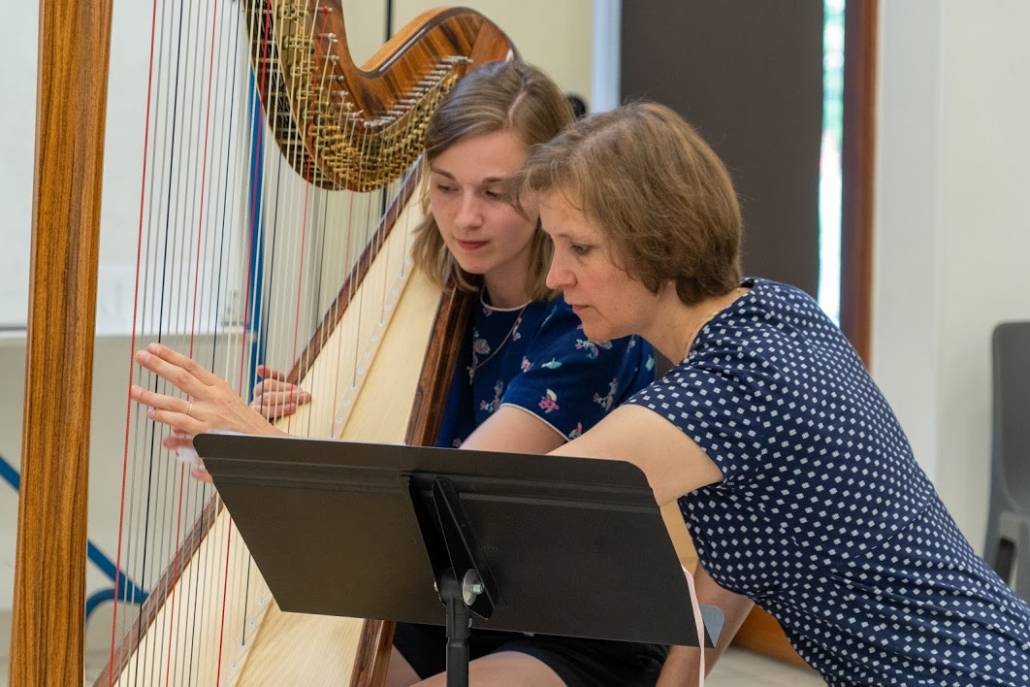
Private music lessons do more than sharpen skills — they unlock opportunity. Discover how one-on-one instruction builds confidence, hones performance, and opens doors to college auditions and scholarships.
Read More
Packed with proven strategies, expert insights, and inspiring real-life stories, it empowers musicians to turn performance anxiety into confident, expressive auditions.
Read More
Discover how marching band can do more than make music—it can open doors to scholarships, leadership roles, and life-changing opportunities.
Read More.jpg)
Where nerves meet opportunity, growth begins. Discover how one powerful experience can elevate your student’s talent—and their college application.
Read More.png)
Professors don't just admit talent—they choose students they won't mind teaching every Tuesday morning before coffee, touring Europe with next spring, and introducing to their colleagues without bracing themselves first.
Read More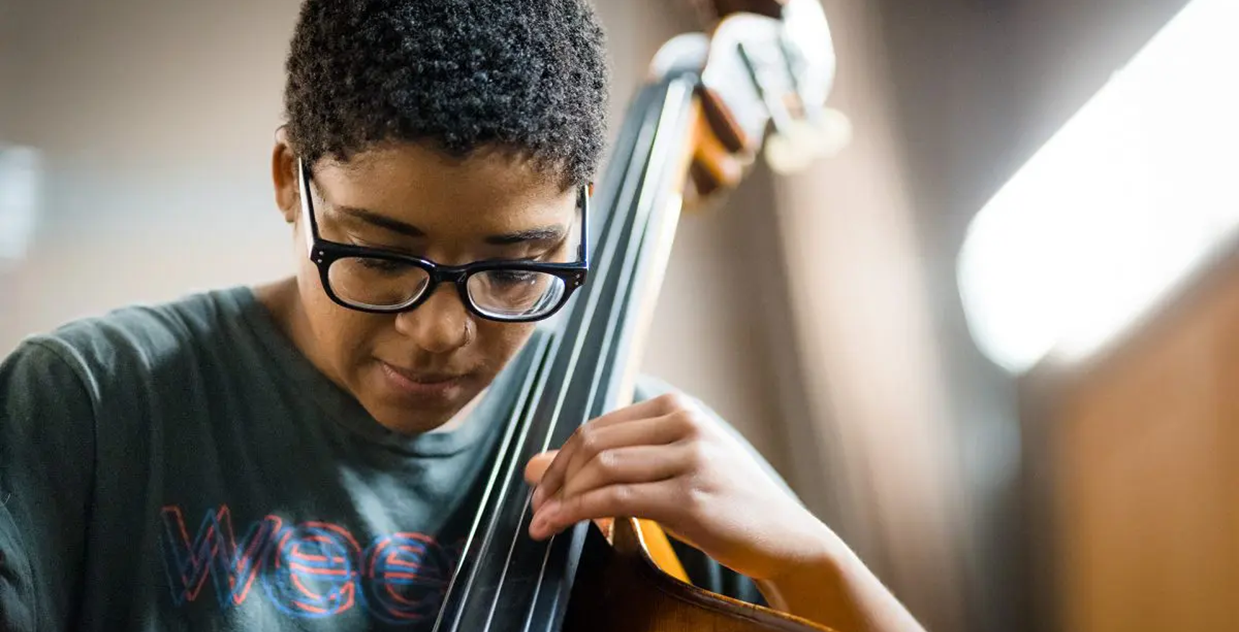
Think a music degree is out of reach because of cost? Think again. Whether you're aiming for college scholarships or exploring grants from arts organizations, this guide helps you uncover the many ways to fund your passion — and shows why applying early and often is the key to making your musical dreams a reality.
Read More
From nerves to notes, this guide helps student musicians face audition day with clarity, confidence, and control.
Read More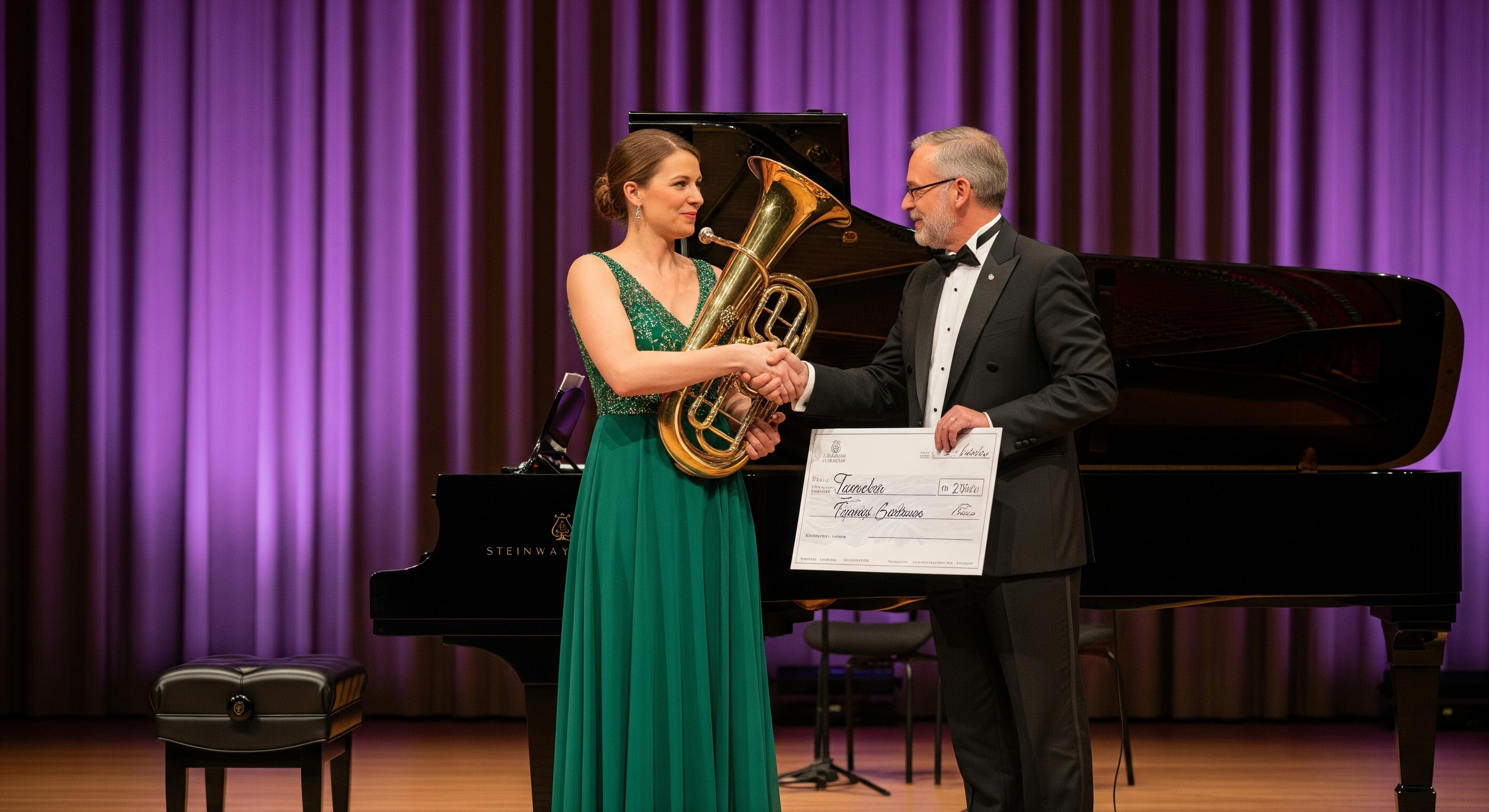
Shedding light on the financial freedom performing arts students deserve—and the billions in performing arts scholarships many never knew existed
Read More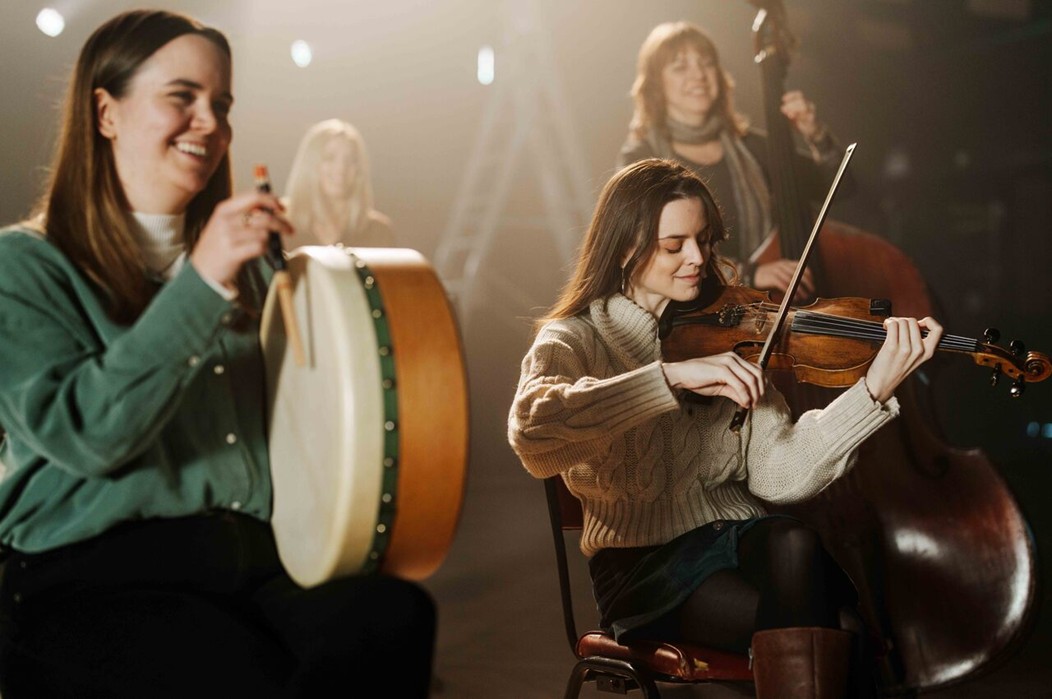
Talent is just the beginning. Learn how the right moves today—owning your child's UTL name, building their brand, and shaping their story—can set your young performing artist on a path to lasting stardom.
Read More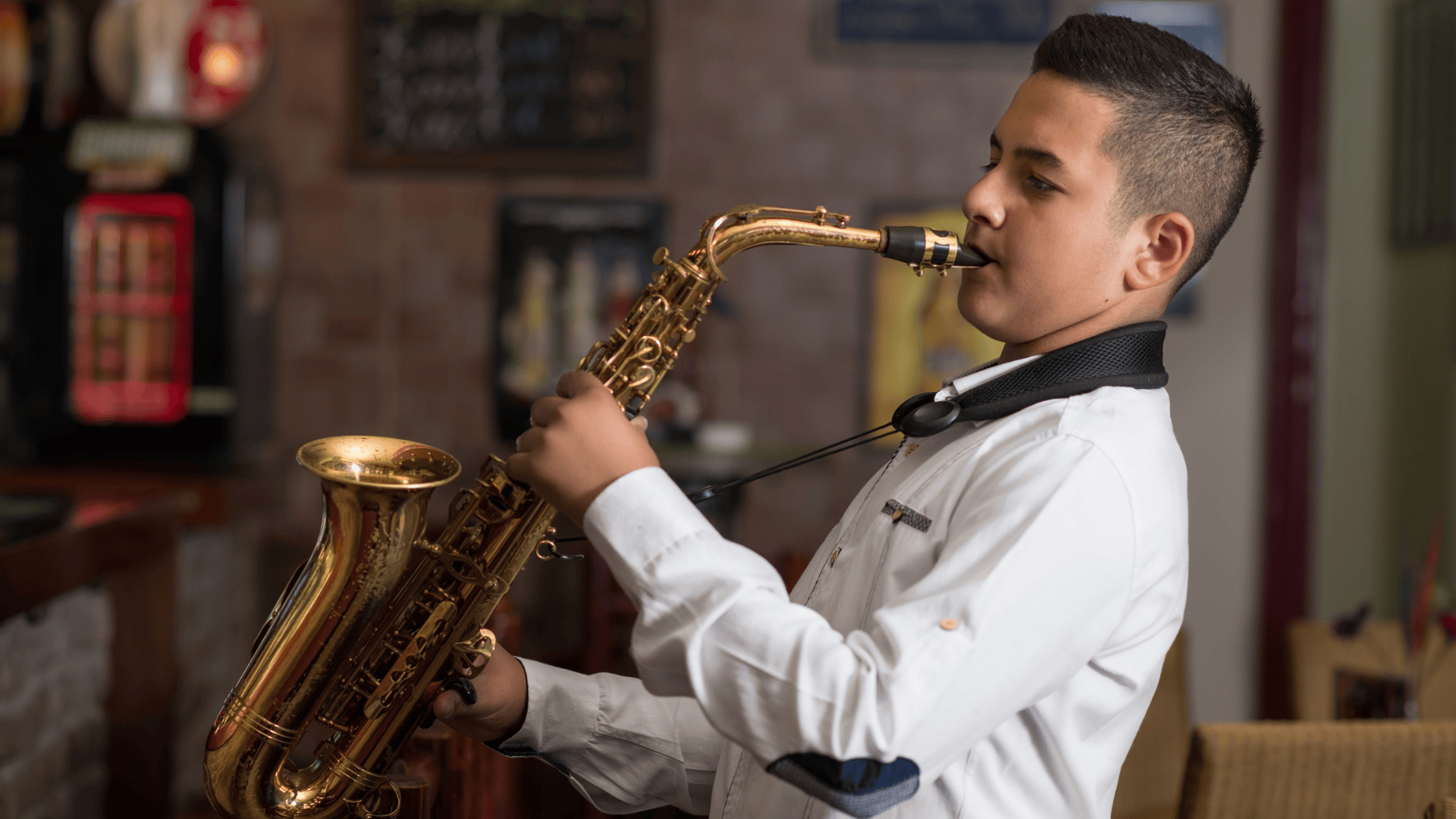
From first solo to final audition—how a carefully curated repertoire list becomes a student’s personal record of growth, readiness, and artistic identity.
Read More
Don't let travel troubles ruin your big audition! This guide has everything you need to ensure you and your instrument arrive.
Read More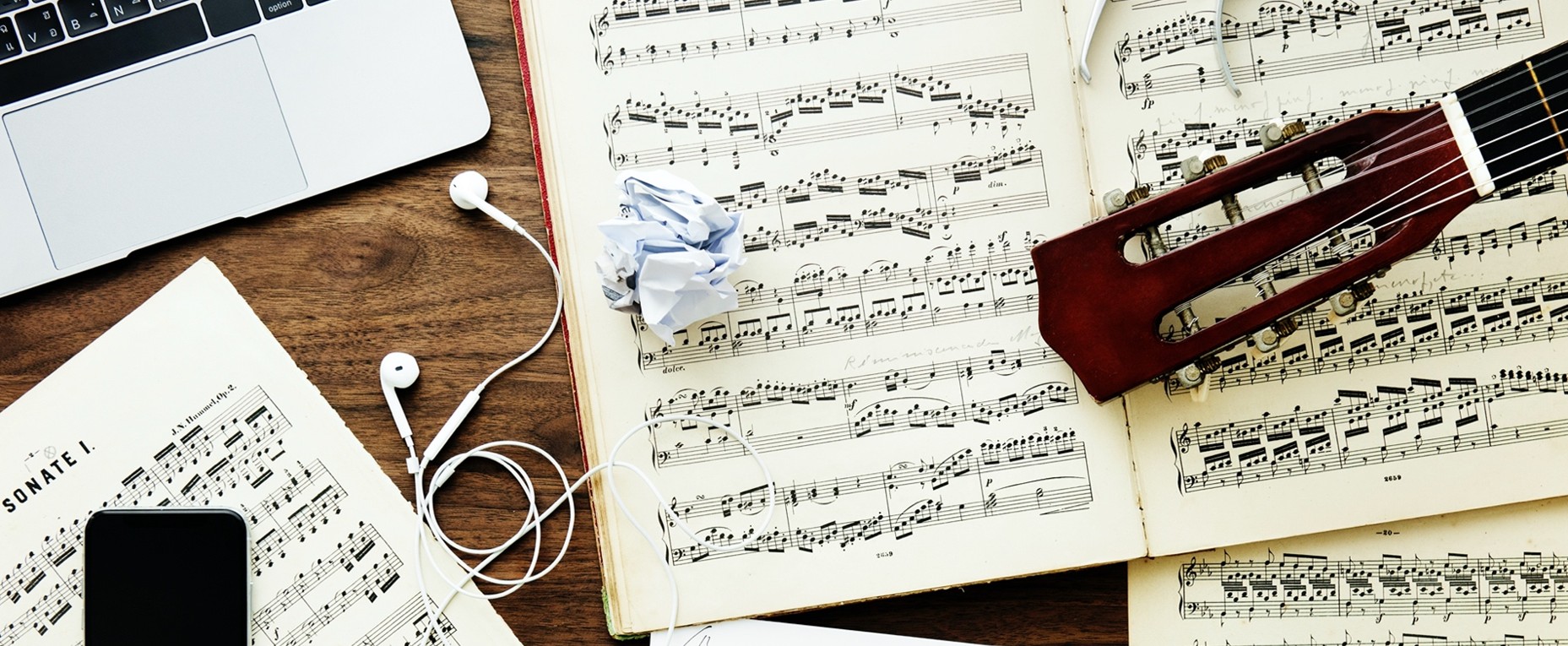
Discover how decoding a composition’s name can elevate your performance, impress adjudicators, and help you stand out from the competition.
Read More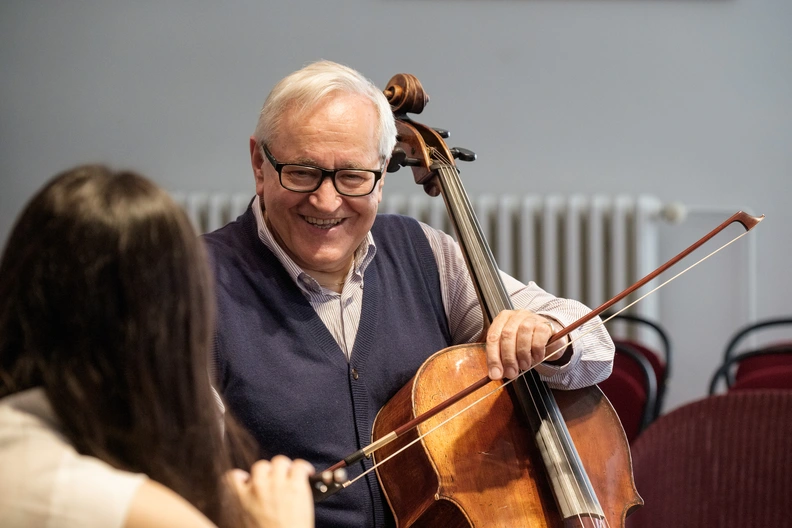
How one meaningful connection with a music teacher can open doors to college, scholarships, and a lifelong mentorship — starting now.
Read More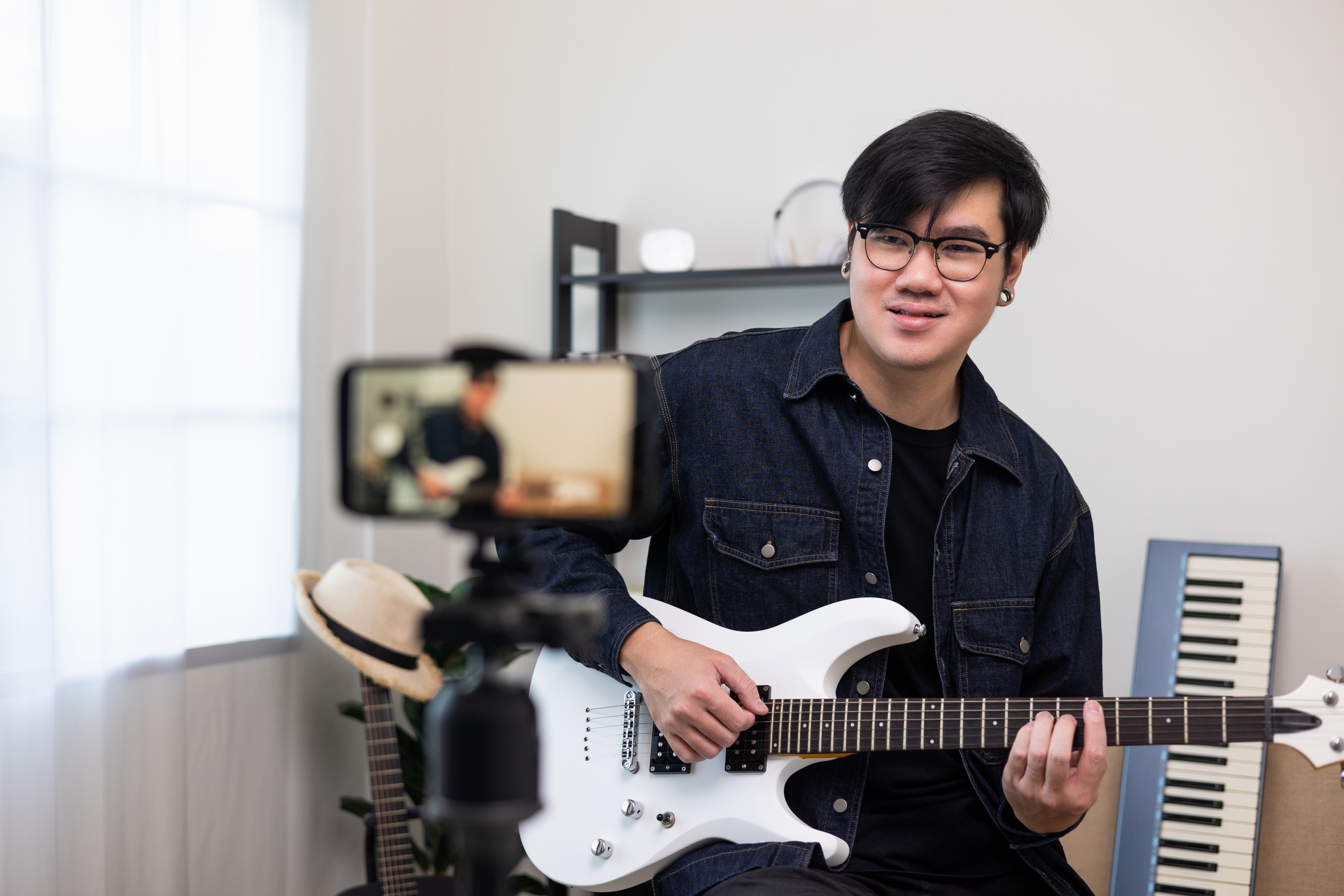
You don’t need fancy gear to capture talent — just these smart, affordable tips that could turn an audition video into a scholarship-winning performance.
Read More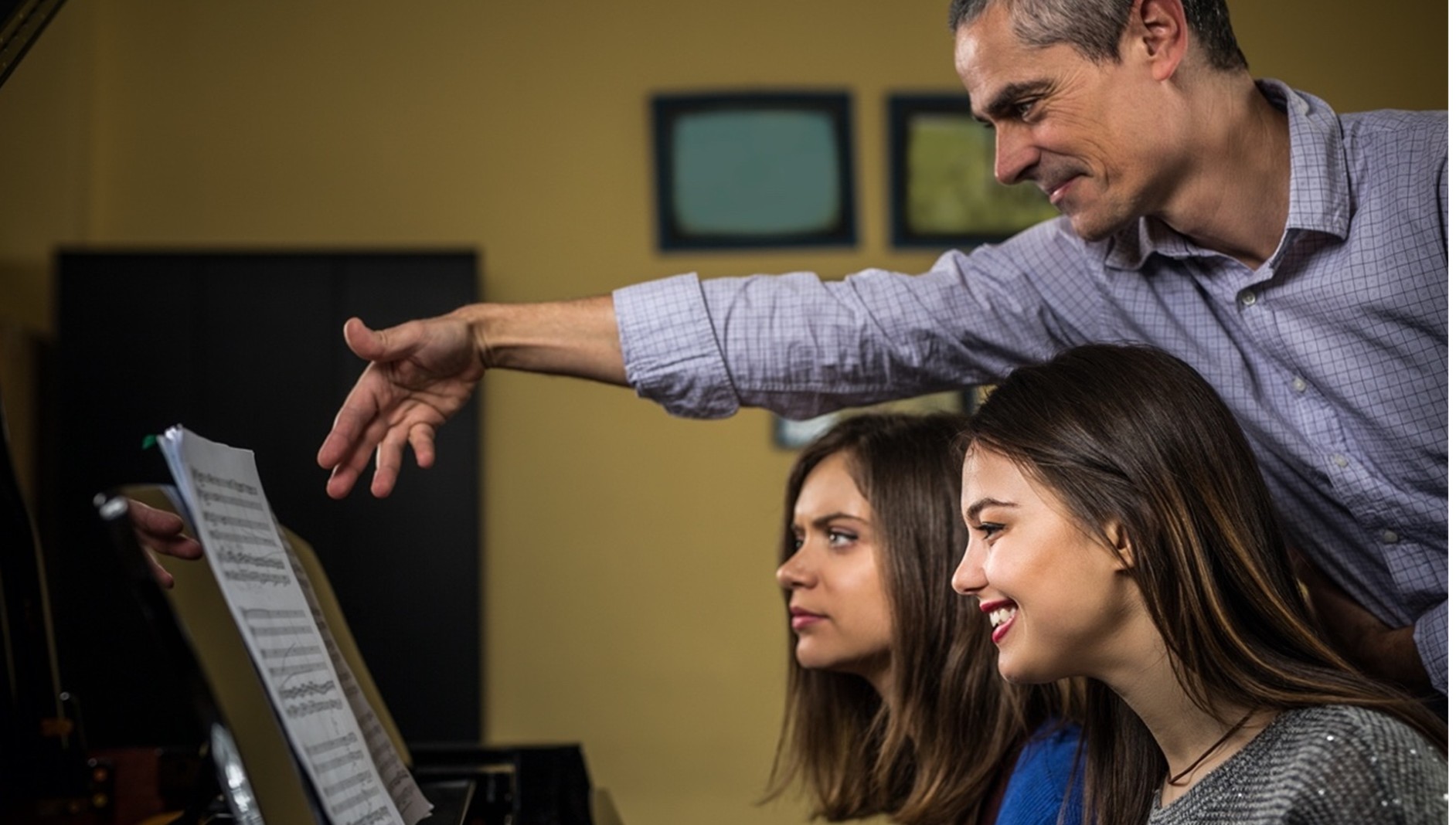
Discover why a liberal arts education isn’t just about academics—it’s a powerful launchpad for aspiring musicians to thrive in every stage of their careers.
Read More.jpg)
Choosing the right music degree isn't just about a major -- it's about mapping the future of your artistry. Discover the key differences between BM, BA, BFA, and BS programs and find your perfect path.
Read More
From educators, performers, and industry insiders who got tired of hearing “music isn’t a real career” and decided to answer with Broadway box-office receipts, royalty checks, and Grammy paydays.
Read More
Where Purpose Meets Performance: How Service Can Help Pay for Your Music Degree.
Read More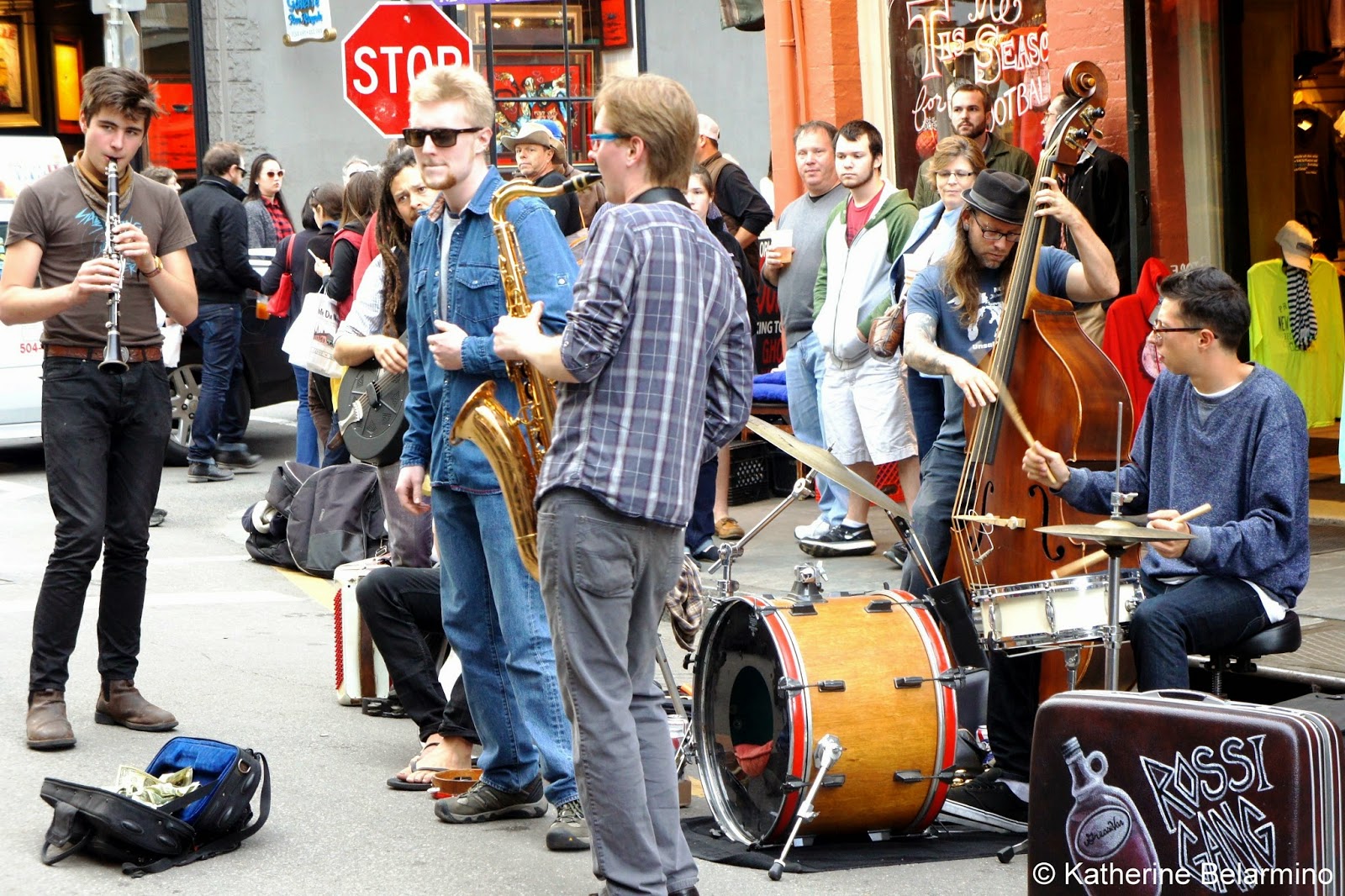
For those navigating the leap from talent to training and tuning both heart and mind to what’s next—this is your guide to finding the path that fits, connects, and inspires.
Read More.jpg)
A month-by-month roadmap designed to help aspiring music majors confidently prepare for college auditions—one scale, solo, and strategy at a time.
Read More.jpg)
Beyond the Name: Finding the Place That Helps You Find Your
Read More.jpg)
Discover the real perks, the hidden costs, and how to tell if coaching is the right
Read More.jpg)
Mastering college applications means mastering deadlines. Success hinges on precision, preparation, and unwavering commitment to each institution’s unique demands.
Read More.jpg)
Because affording your dream school shouldn't be a dream.
Read More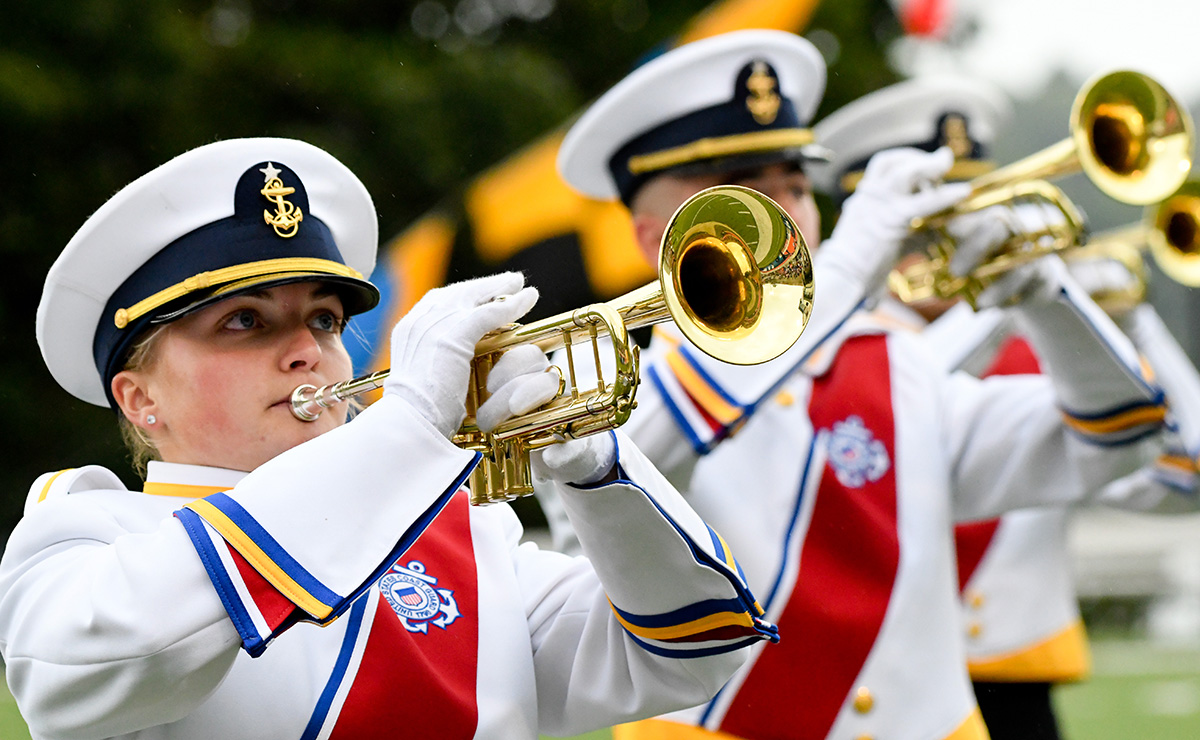
Where passion meets purpose — discover how talented musicians turn their love for music into a professional career serving their country.
Read More.png)
The music industry fuels the U.S. economy, driving schools to recruit creative, business-savvy students. Scholarships now target songwriters.
Read More.png)
How young artists can launch their careers and travel the world — without a college degree.
Read More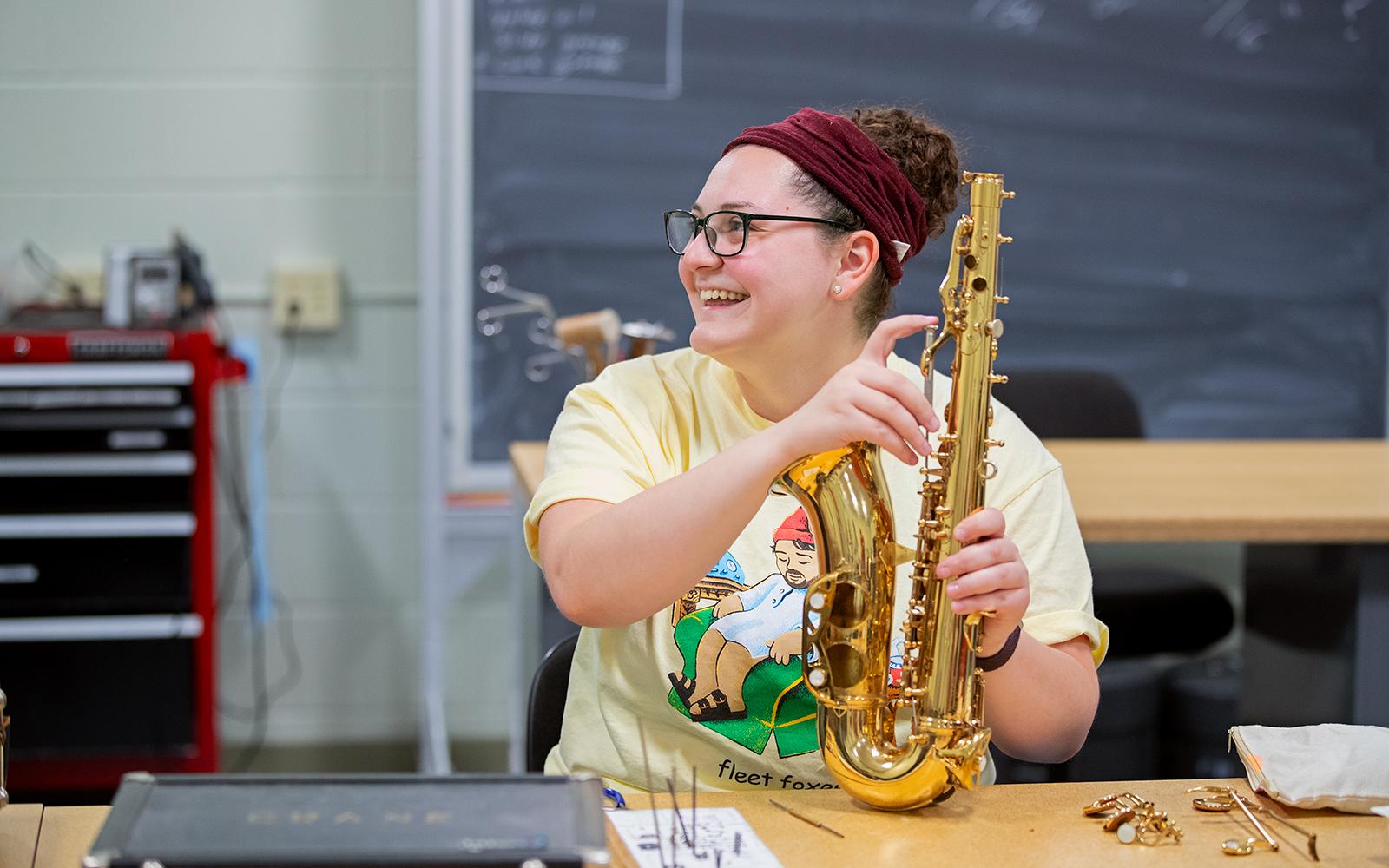
Because your talent deserves more than applause, it deserves a paycheck.
Read More
It’s not about impressing—it's about expressing.
Read MoreThe Accoladi Research Team is constantly tracking trends in performing arts collegiate recruiting, documenting scholarship procurement processes, and uncovering new resources for students and families. From the latest audition requirements to insider tips on securing funding, we’re always expanding our library— so, you can make informed choices with confidence.
